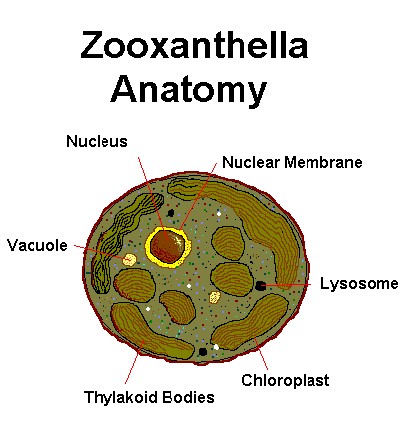Chapter 19 Putnam Oral Exam Guide
- Go through citations and summarize each one with 1 sentence
- Explaining in more detail how DNA methylation levels follow patterns of and/or are triggered by higher gene expression levels
- The taxonomy and biology of your study organisms (holobiont level)
- Further details on the nutritional crosstalk between host and symbiont.
- Responses to AK paper
DNA methylation triggered by and/or follow patterns of higher gene expression levels
Methylation is used to repress transposable elements (Zemach et al 2010).
“A transposable element (TE, transposon, or jumping gene) is a DNA sequence that can change its position within a genome, sometimes creating or reversing mutations and altering the cell’s genetic identity and genome size. Transposition often results in duplication of the same genetic material.”
Come back to this..
Dnmt3b binds preferentially to the gene bodies by interacting with histone modification H3K36me3. Dnmt3b occurs preferentially on genes within third and fourth quartiles of expression level and correlates with H3K36me3 histone modification.
Knock out of Dnmt3b reduces gene body DNA methylation, increases intragenic RNA Pol II spurious entry and transcription initiation events.
Taxonomy and biology of study organisms
Coral Species
Montipora capitata:
Kingdom: Animalia
Phylum: Cnidaria
Class: Anthozoa
Order: Scleractinia
Suborder: Vacatina
Family: Acroporidae
Genus: Montipora
Species: capitata
Encrusting; corallites tiny and separated by coenosteum; walls and septa are indistinct; skeleton = porous; small, smooth projections = verrucae
Clade: Robust corals
Broadcasting corals
Pocillopora acuta
Kingdom: Animalia
Phylum: Cnidaria
Class: Anthozoa
Order: Scleractinia
Suborder: Refertina
Family: Pocilloporidae
Genus: Pocillopora
Species: acuta (spp.)
Clade: Complex corals
Polyps are hermaphrodite/brooding corals
Coral anatomy:
coenosteum: strong and calcareous ectodermal tissue.
corallite: is a skeletal ‘cup’ that is formed by an individual polyp where the polyp sits and can retract.
septum (plural septa): is one of the radiating vertical plates lying within the corallite wall
verruace: mounds of coenosteum on the surface of many species of Montipora and Pocillopora that are wider than a corallite

ant
Glossary of coral anatomy terms: here.
“complex” clade show a greater tendency towards porous skeletons and branching shapes.
“robust” species tend to be more solidly calcified and grow in flattened or rounded shapes.
New classification overview

tissue
Symbiodiniaceae Species
Domain: Eukaryota
Phylum: Dinoflagellata
Class: Dinophyceae
Order: Suessiales
Family: Symbiodiniaceae
11 genera: I focus on Cladocopium spp. and Durusdinium spp..
Mutualistic dinoflagellates; reside within symbiosome structure
Anatomy:

Reside within endoderms

endo
Nutritional crosstalk between host and symbiont
Cunning et al 2017
Fournier 2013
Bleaching exacerbated by nutrients and attenuated by feeding
Symbionts translocate photosynthetically fixed carbon to support coral metabolism, also provide:
- amino acids, maltose, krebs cycle molecules, pyruvate.
Coral provides inorganic nutrients and carbon dioxide, acetate
- Coral gets nitrogen from seawater and prey
Resources are acquired proportionally to surface area, and surface area is proportional to volume
Temperature lowers the threshold for light; light = proximate stressor
CCM - moving carbon to high concentrations at photosynthetically active sites so Rubisco can fix them
Host on algal cell
Non-motile state b/c host produces lectin SLL-2 that binds to specific glycoproteins on the algal cell surface and maintains this state
Host can modulate calcium signaling in algae cell to control release of fixed carbon to its own tissues
Host can restrict nutrient availability to control algal cell density or expel or digest cells to control population
Starting symbiosis
Positive chemotaxis of motile symbionts towards newly settled hosts that release chemicals and both increases chances of contact
Recognition
Only in horizontally transmitted:
1. Host-secreted mucus mediates intxn of dinoflagellate glycans and host lectins
2. Phagocytosis
3. Symbionts fight host immune system